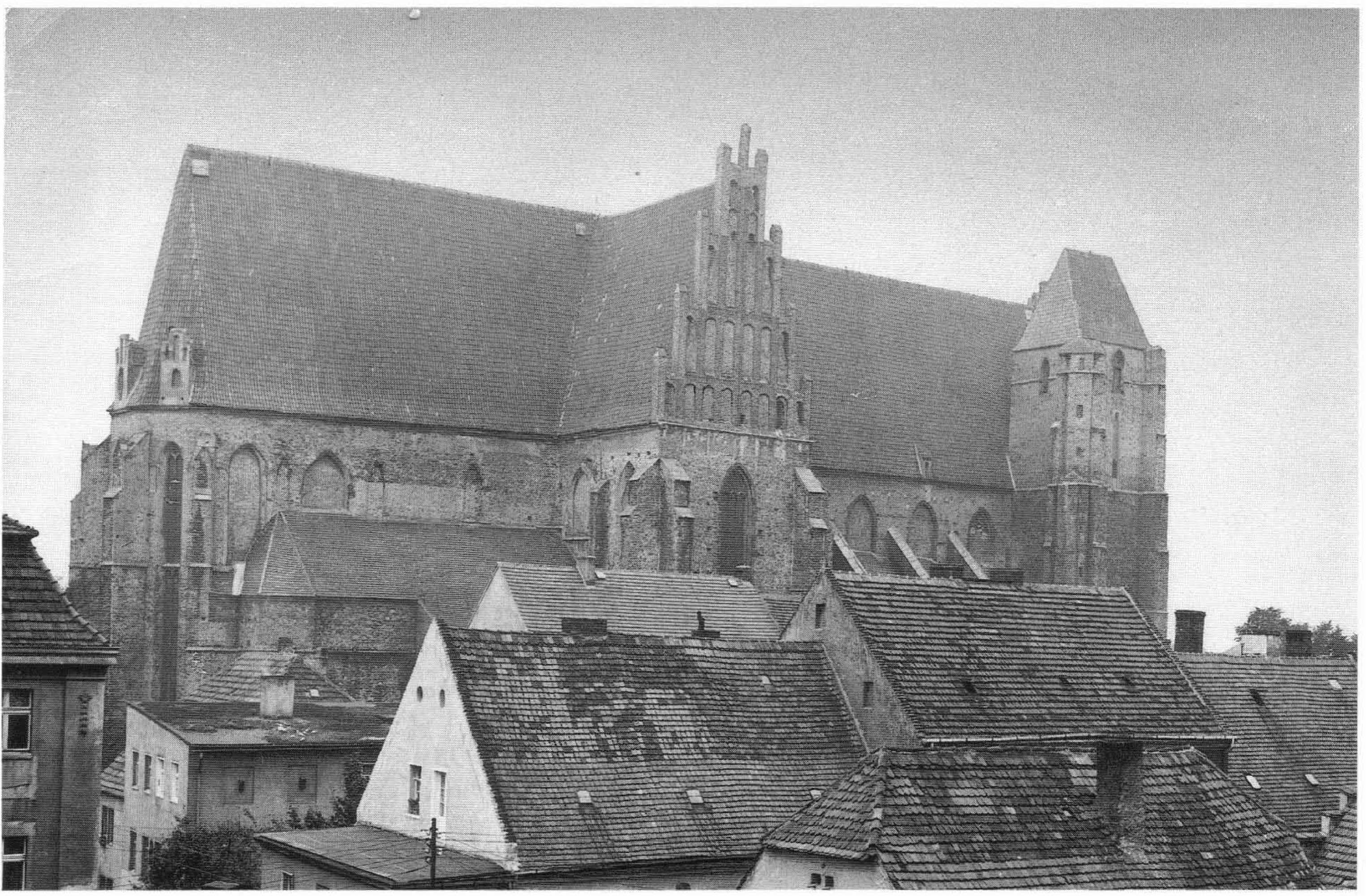WHEN WE SEE how slow the Order of St John was to establish itself in northern France and even in Italy, where its network of hospitals did not begin to be created till about 1150, it is not to be wondered at that in Central Europe no evidence exists of its presence during the first half of the twelfth century. Not until the Second Crusade (1147—48), in which the Emperor Conrad III and his successor Frederick Barbarossa took part, did Germany participate significantly in the crusading movement; when that door was opened, however, the development of the Hospital in the Empire was rapid. The special interest here was evidently the land route to the Holy Land through the Byzantine Empire; by 1163 the Order possessed a Priory in Constantinople which had been governed for some years by Peter the German, a figure of some importance who served as ambassador of the Emperor Manuel to the King of France.
Foundations in Central Europe itself also followed soon after the Second Crusade. At Duisburg on the lower Rhine the Order built its hospital and church before 1153/4; Albert the Bear, Margrave of Brandenburg, had by 1160 founded the preceptory of Werben, having witnessed the work of the Hospitallers on his pilgrimage to Jerusalem; the house of Mailberg in northern Austria existed by 1156; and the royal foundation of Prague is first known in a document of 1158/69.* By the end of the century there were at least nine further preceptories on German soil, including the present territories of
* Doubtless it marks the gratitude of King Ladislaus, to residence when he took part in the Second Crusade.
Holland and Switzerland. A Prior of Germany had been appointed to govern them by 1187, the corresponding office being known in Bohemia five years earlier.
A particular interest attaches to the eastern foundations, which appear as typical agents of the German colonisation of Slavonic lands. At Grobnig in Upper Silesia the first donation was received in 1169, and the name itself marks the place as the dwelling of the ‘gravemen’, the guardians of the Holy Sepulchre. This preceptory played a leading part in the colonisation of the Troppauer Land, clearing the forest edge, founding eleven out of the 83 villages planted between 1200 and 1380, and building their churches. Gross-Tinz was another centre, from which developed the subordinate preceptories of Lossen, Striegau and Beilau; of these, Lossen itself founded three villages and Striegau established the new town of that name after the Mongol devastation of 1241. The preceptor built the town walls and shared with the townsmen the building of the church.
On the Baltic coast the Hospitallers played a similar role in the work of Germanisation, which was soon to be taken up much more strongly by the Teutonic Order. Several preceptories in Mecklenburg and Pomerania performed this work; in Pomerelia Prince Grimislav in 1198 laid the foundation of the preceptory of Liebschau, which itself later founded the town of Schoneck; but when the duchy passed to the sovereignty of the Teutonic knights they bought the Hospitaller preceptories here.

Church of Striegau, built jointly by the town and the Hospitaller commandery.
Were often knights, perhaps because of the need for armed protection, or we may see these dignitaries simply as the institutional equivalent of the many German noblemen who went east in search of new lordships. The prosperity and stable society that such colonists introduced soon came to be welcomed by the native princes, and the reception of Duke Mesco of Oppeln as a confrater in 1240 is a sign of the acceptance of an Order that came essentially in the guise of a German institution.
The task of bringing security to a savage land left its mark on the foundations of the Hospital. Travellers’ hospices were common here, the most important being that of Prague, built on the west bank of the Moldau next to the bridge giving access to the city. The military style of the church’s towers suggests that it was built with an eye to protection. The Priory had here an extensive enclosure, recalled by the church’s name Unsere Liebe Frau unter der Kette (Our Lady within-the-chain), and this grew into a ward under the Prior’s temporal jurisdiction, numbering fifty-eight dwellings in the seventeenth century. Prague provides an example of the characteristic double-storey houses of the Order which served as both church and hospital. Of this arrangement, very frequent in Central Europe and sometimes found elsewhere, the best surviving specimen is the commandery of Nieder-Weisel in the Rhineland, which offered its travellers protection in the upper floor above the church.




 World History
World History









